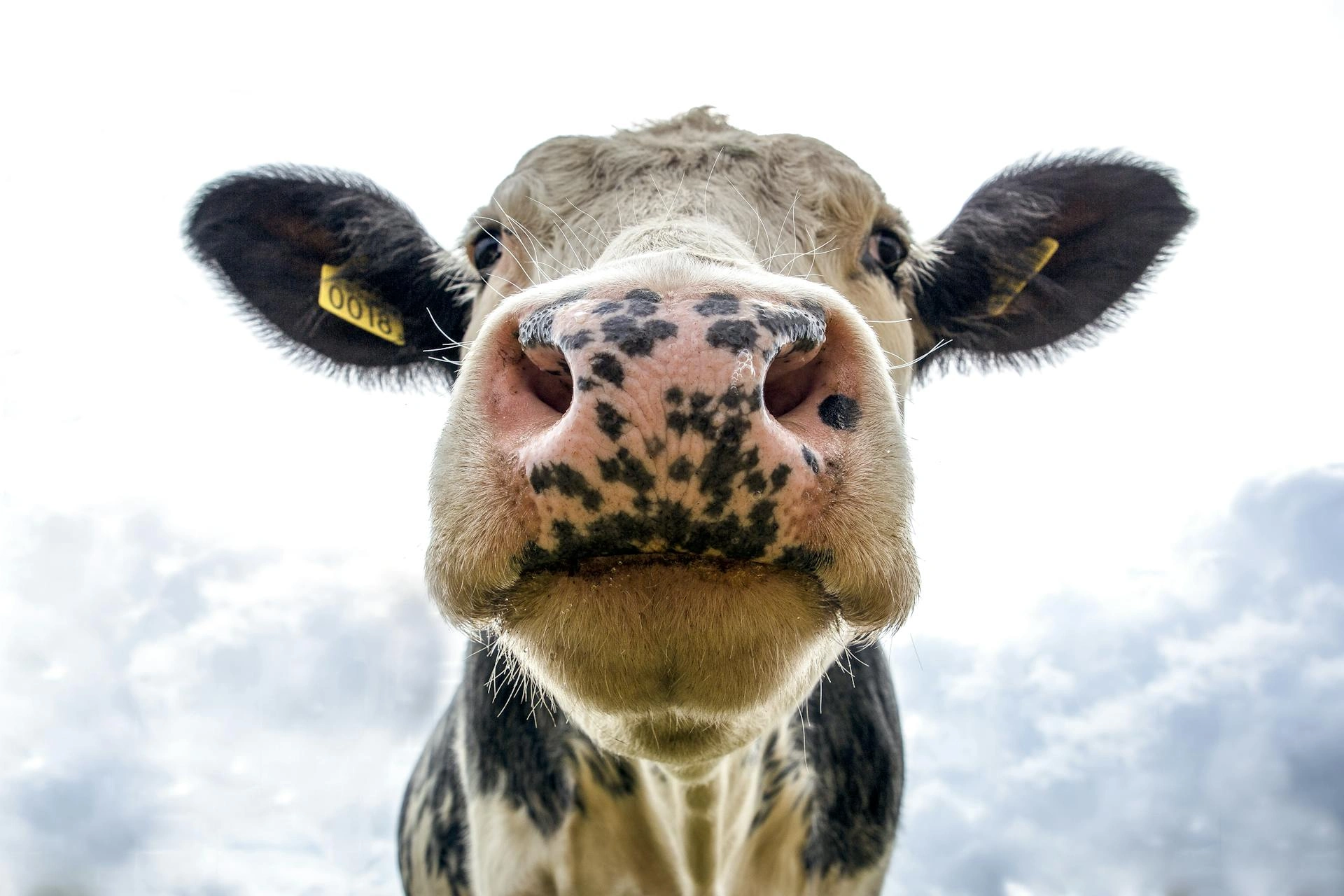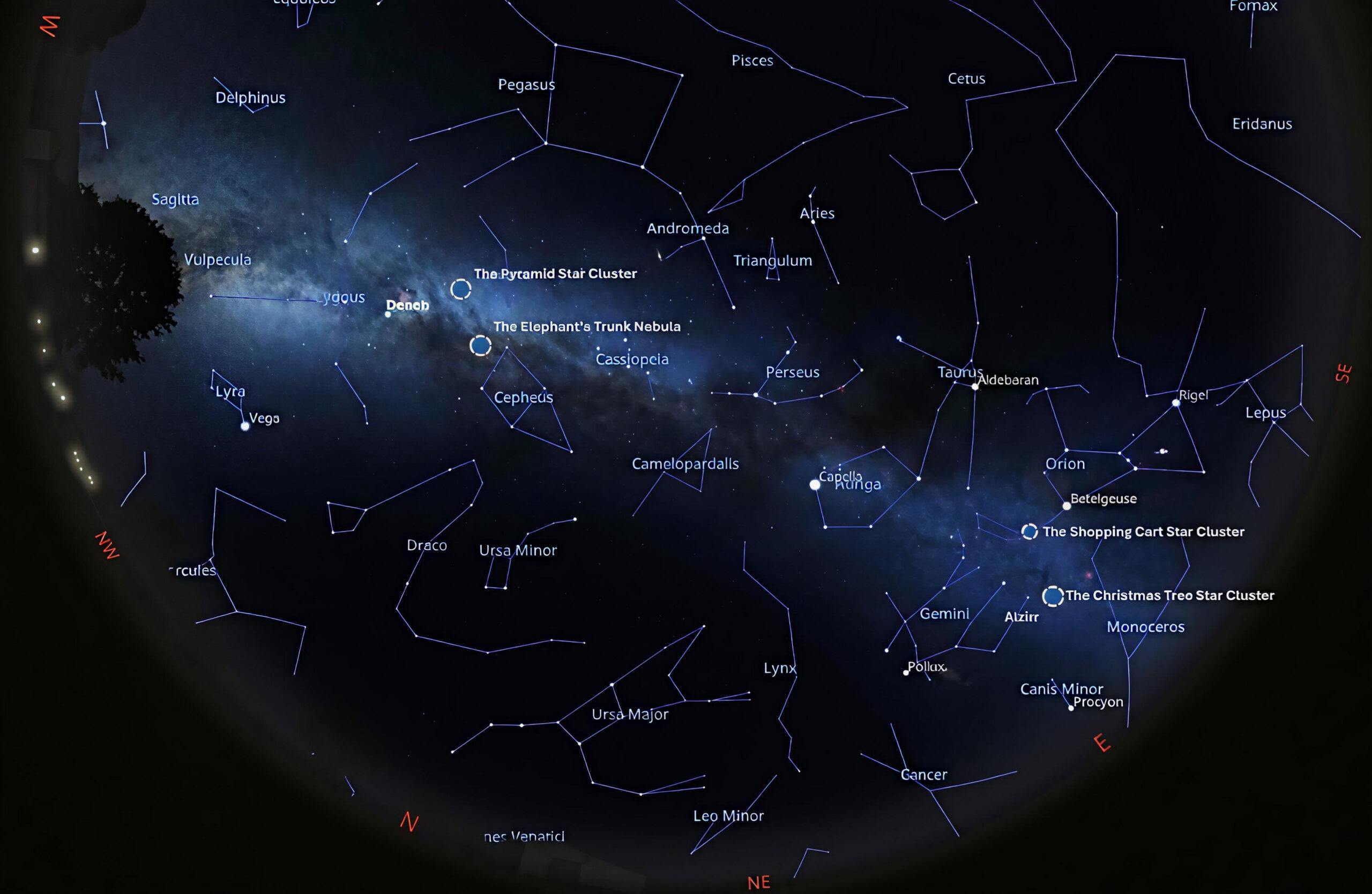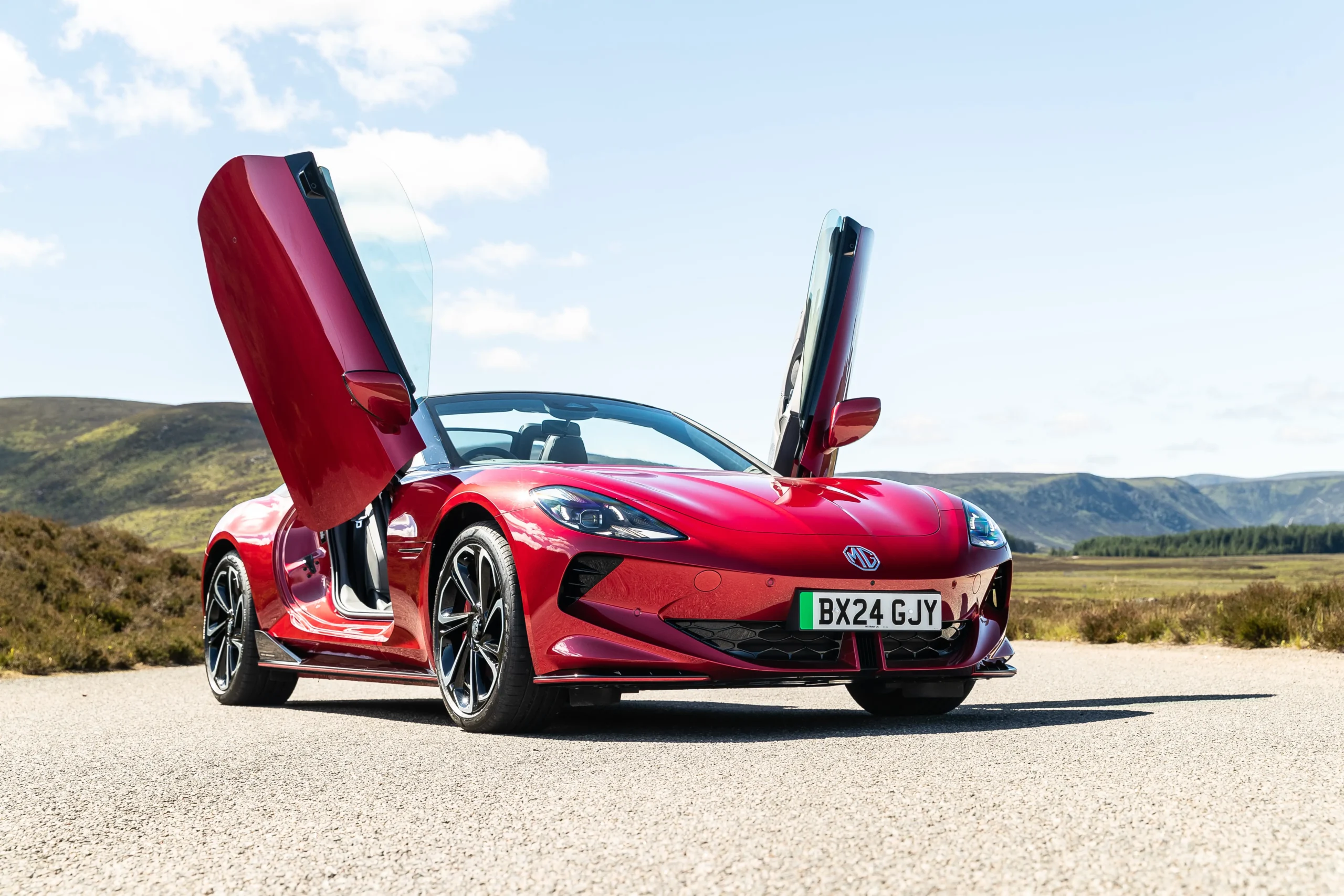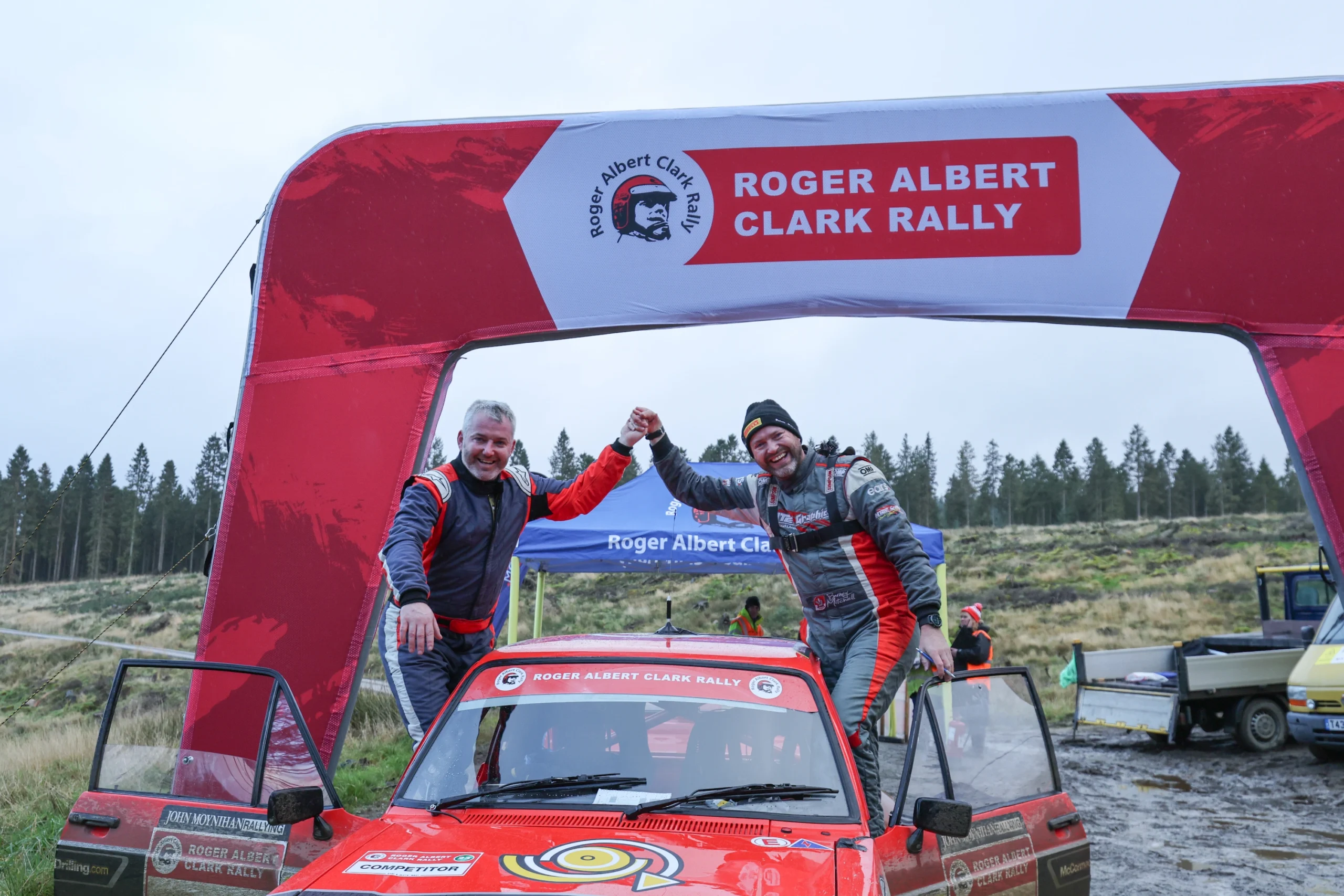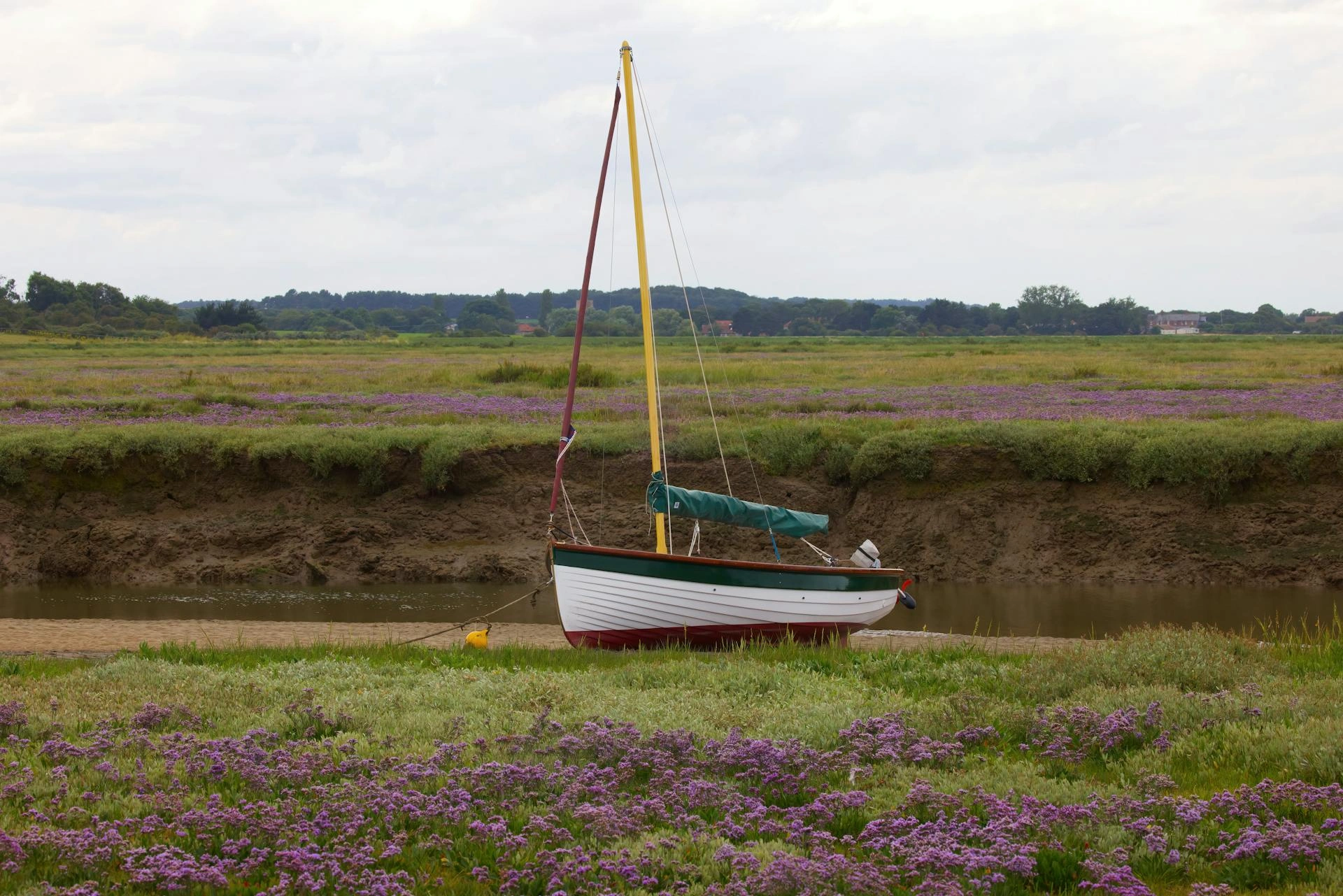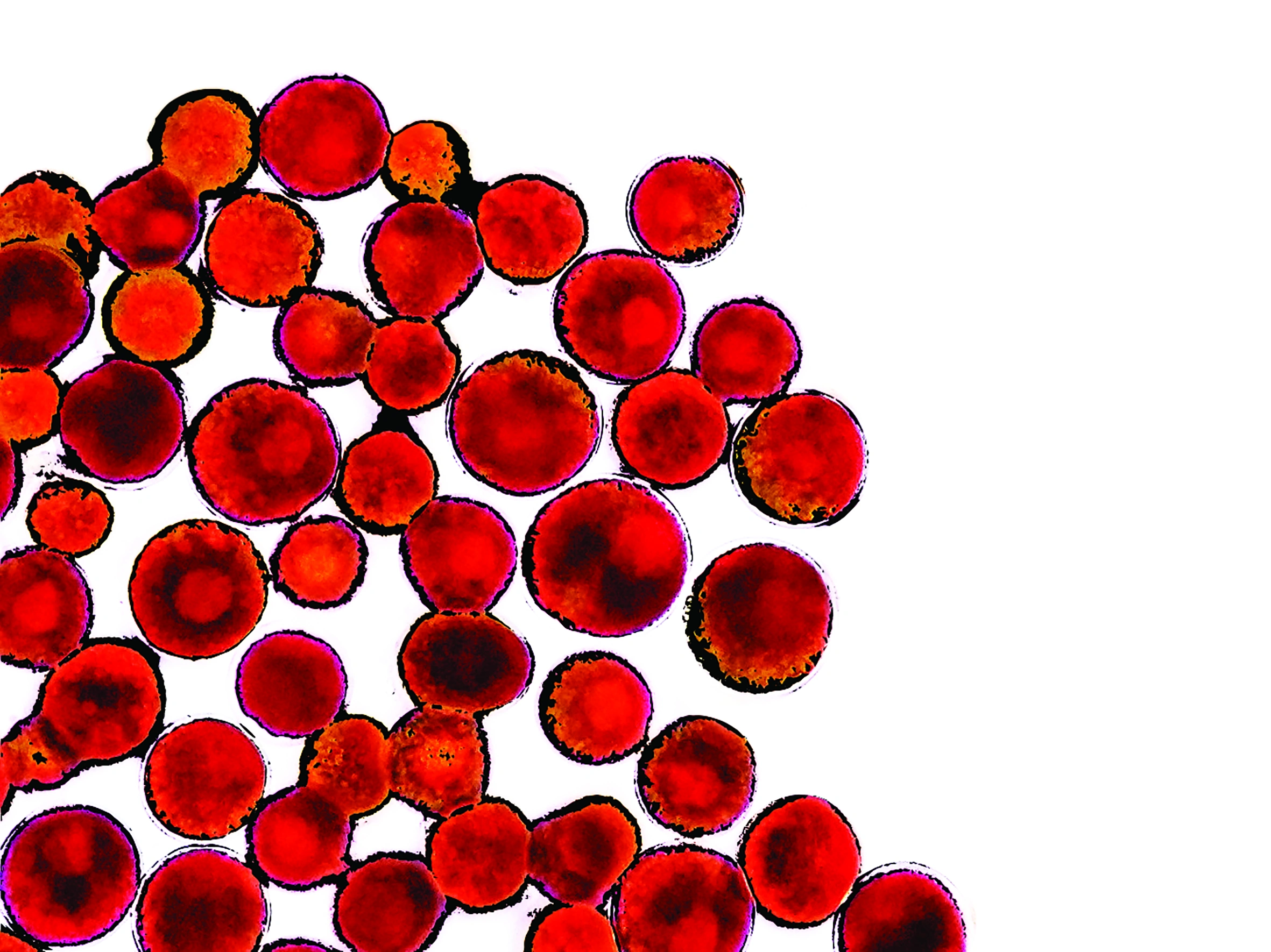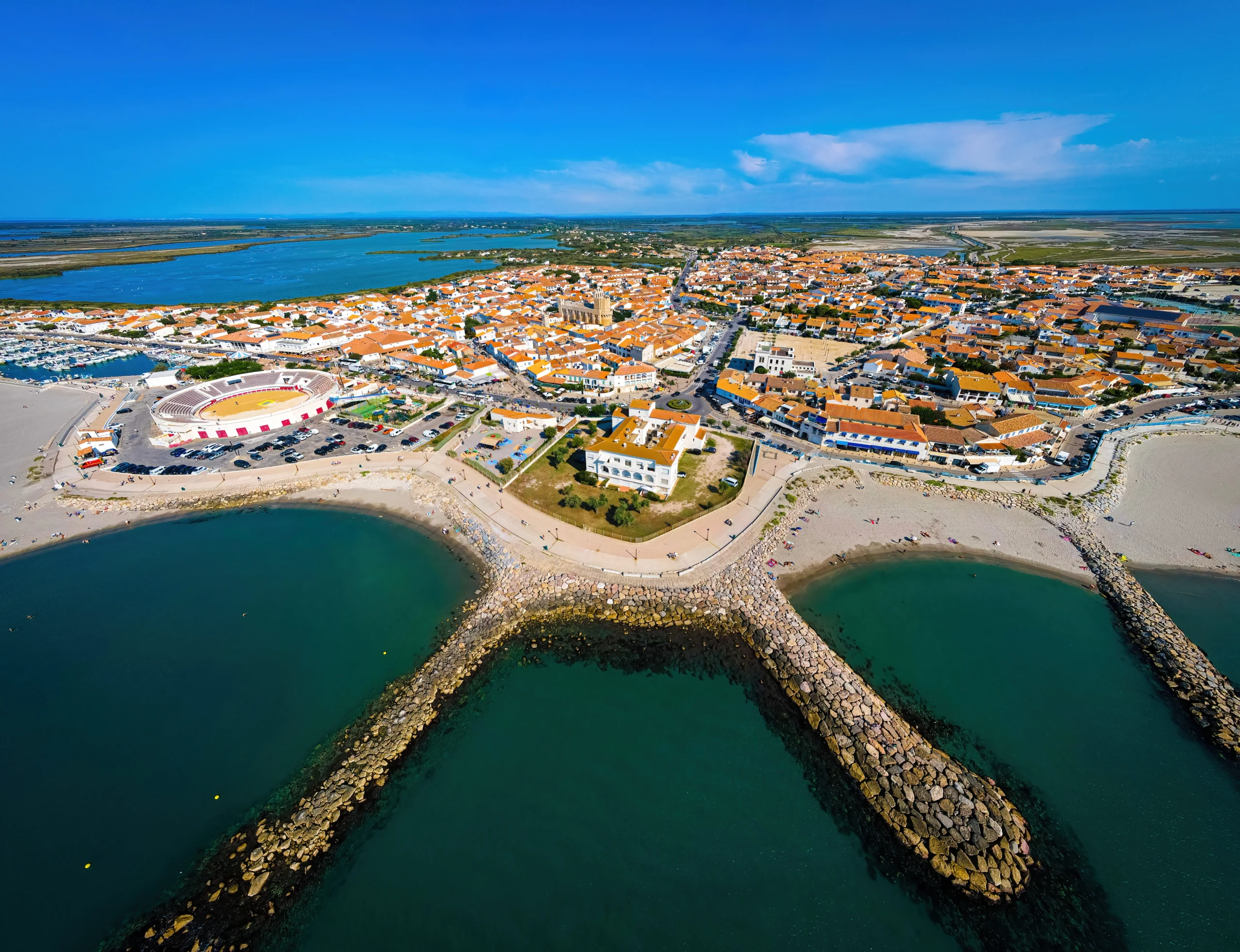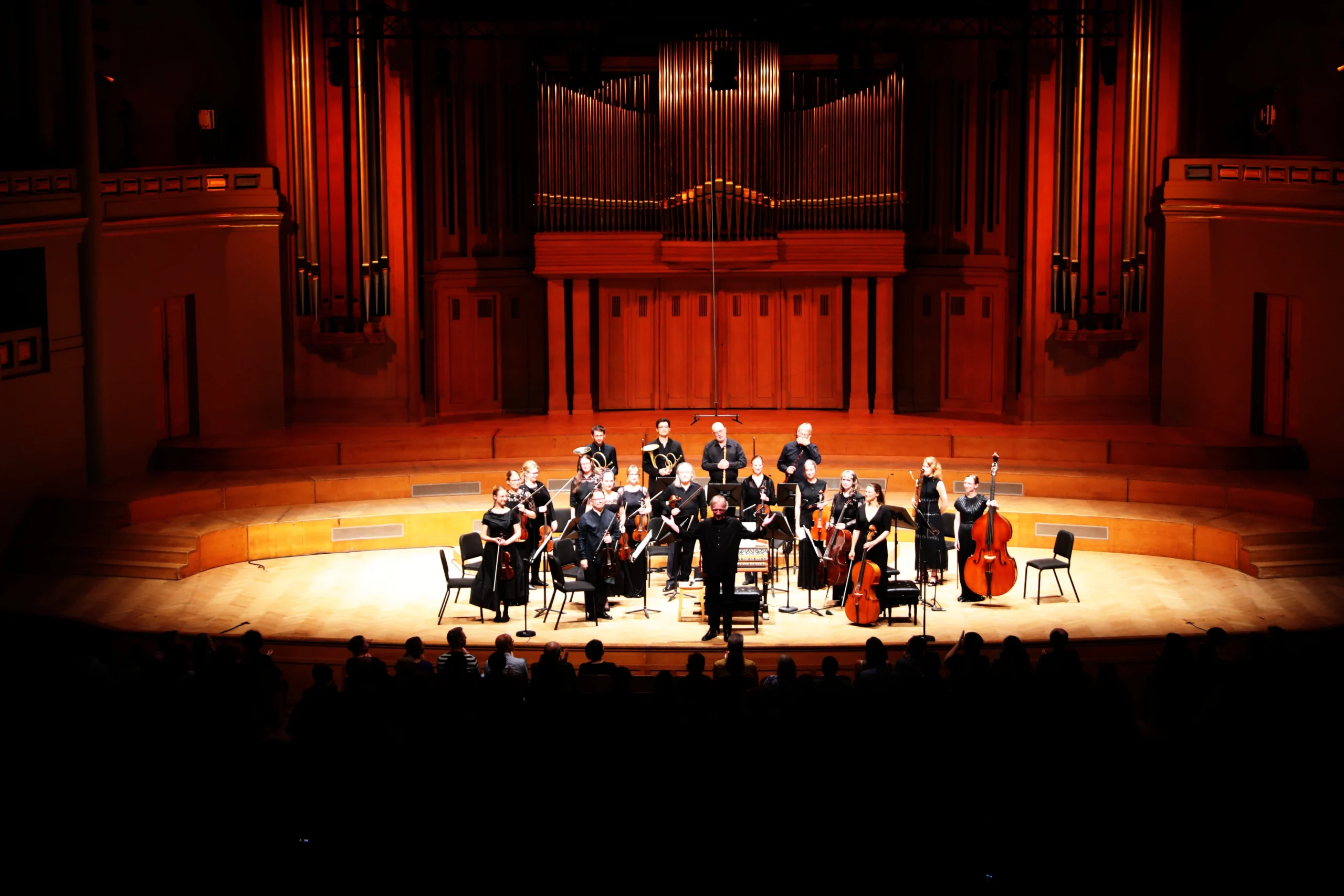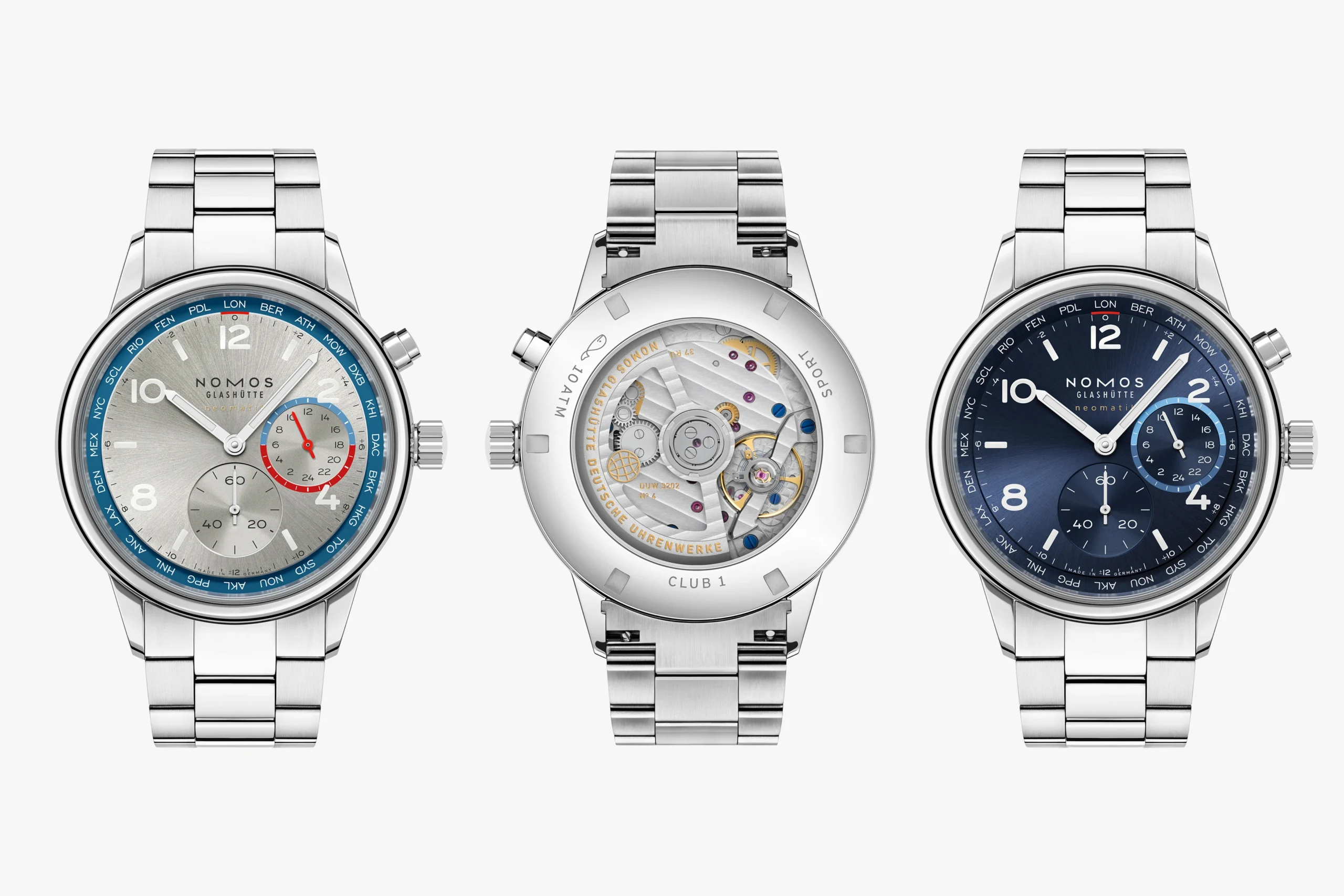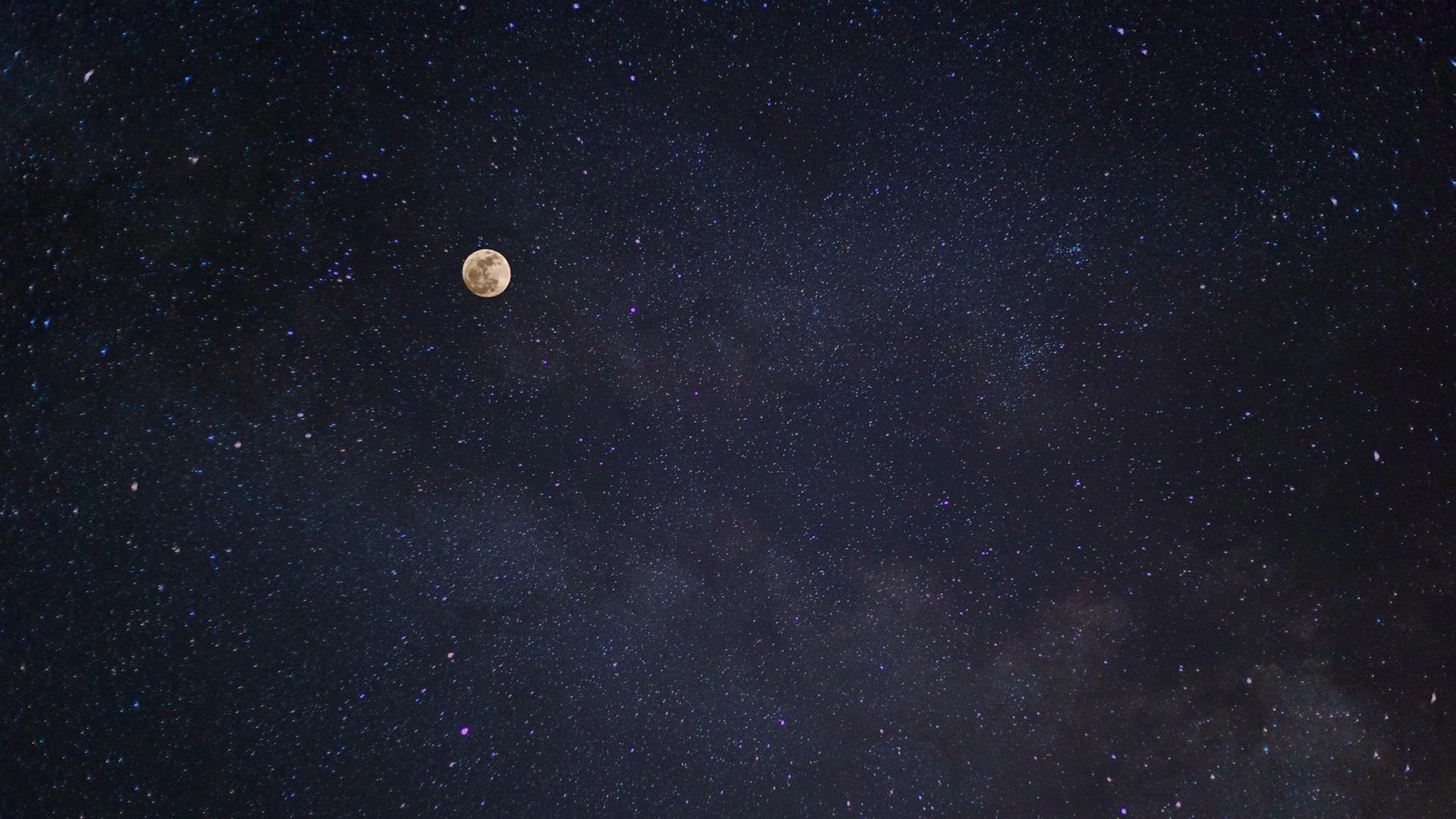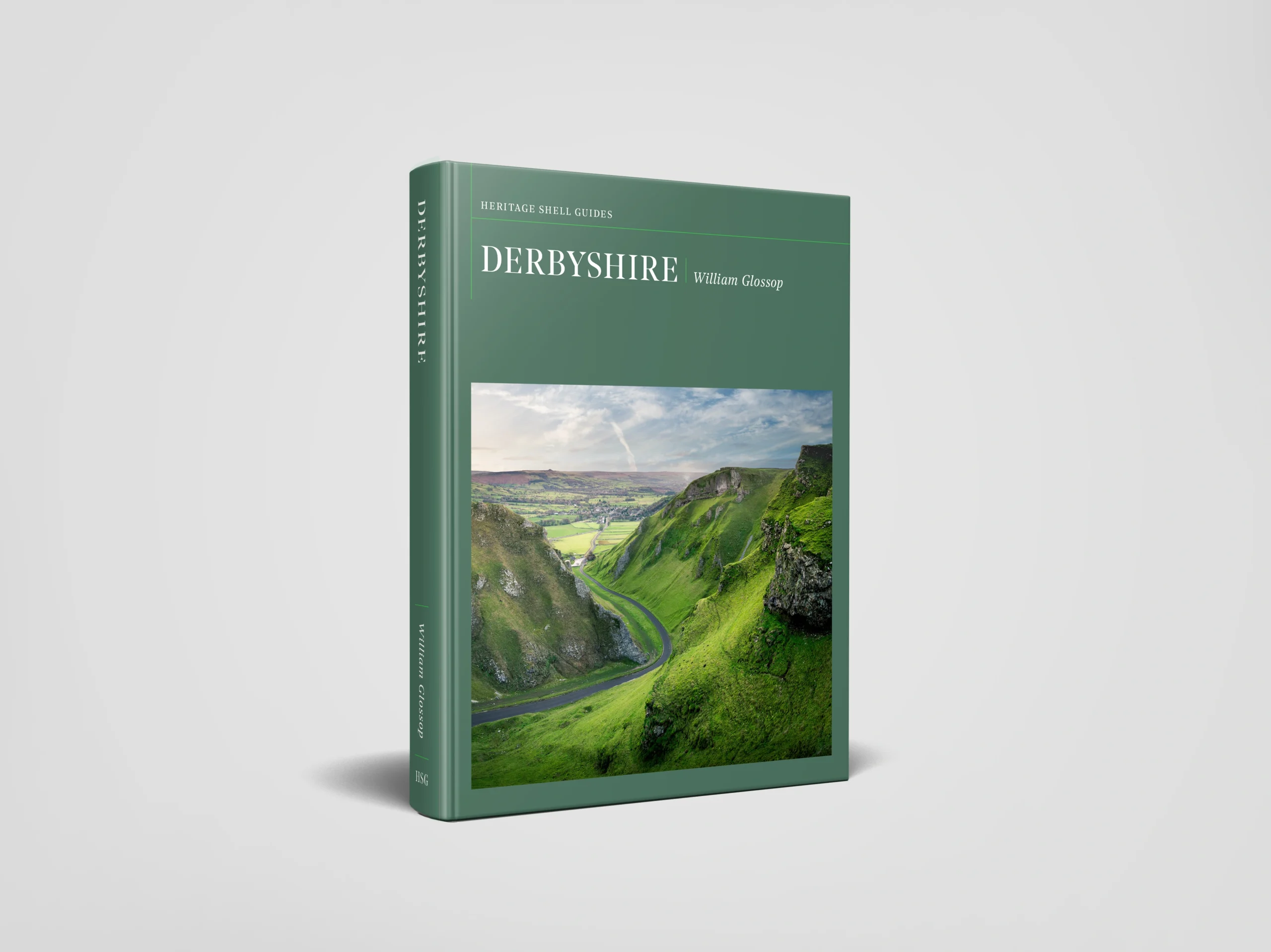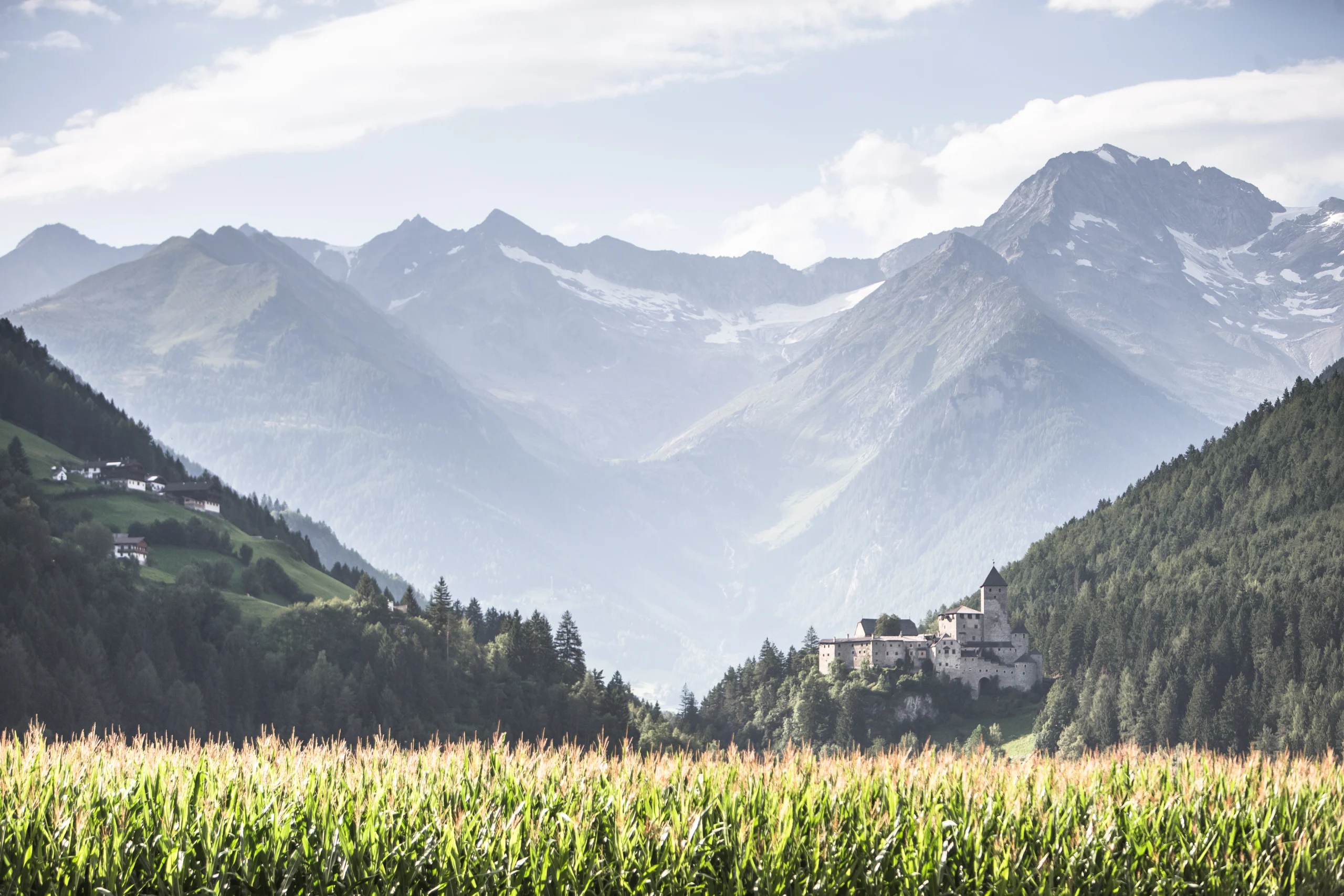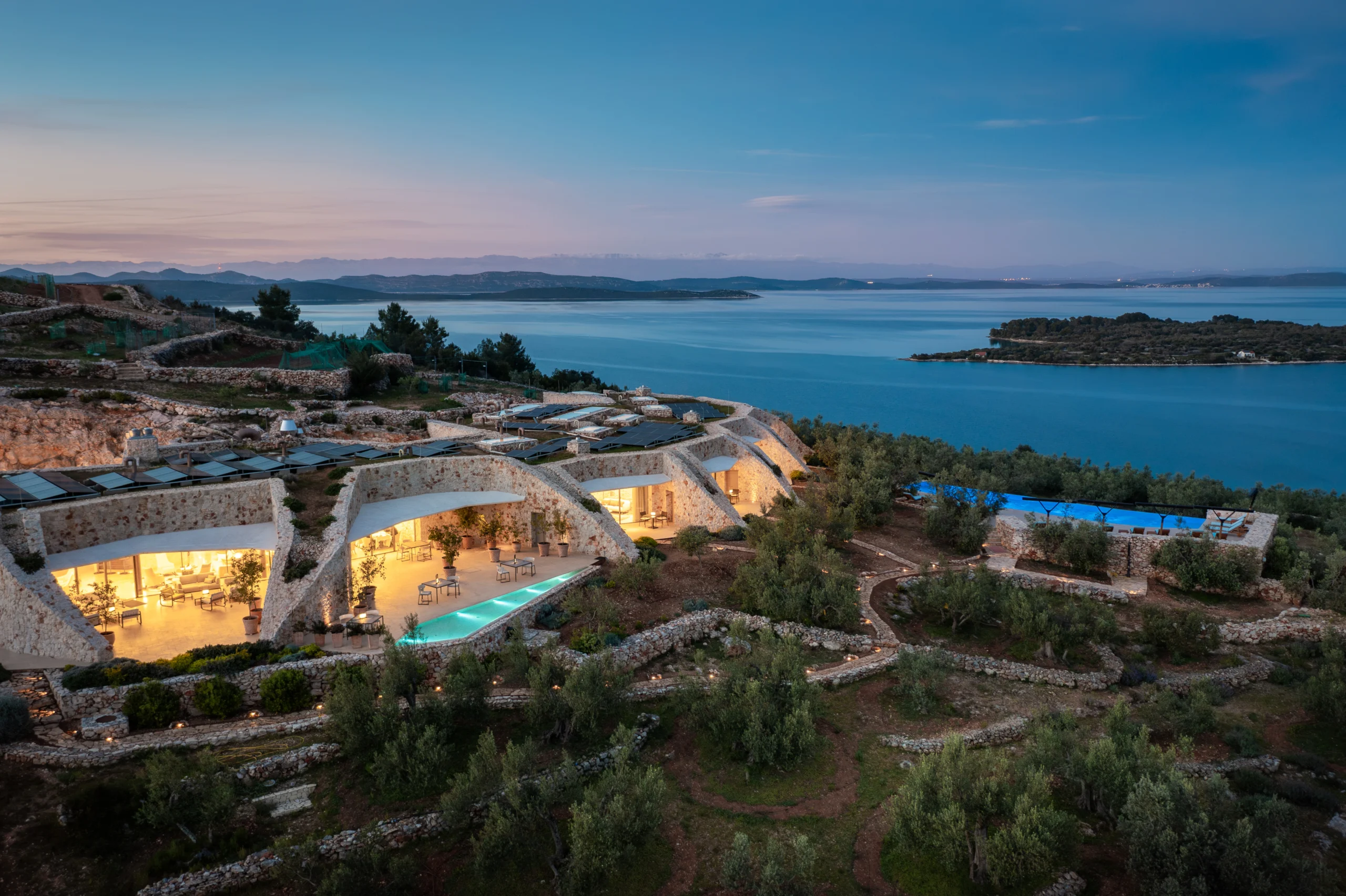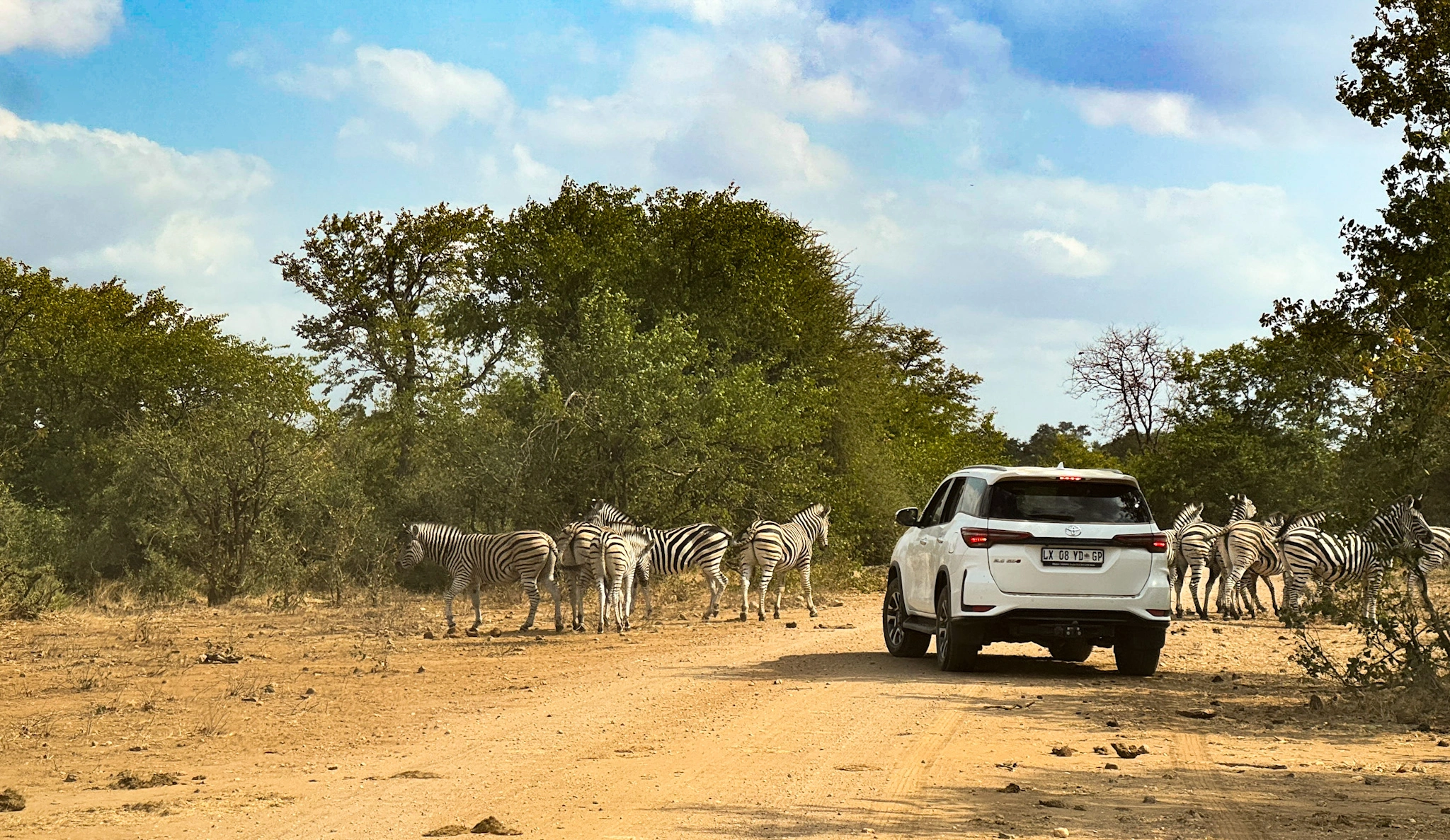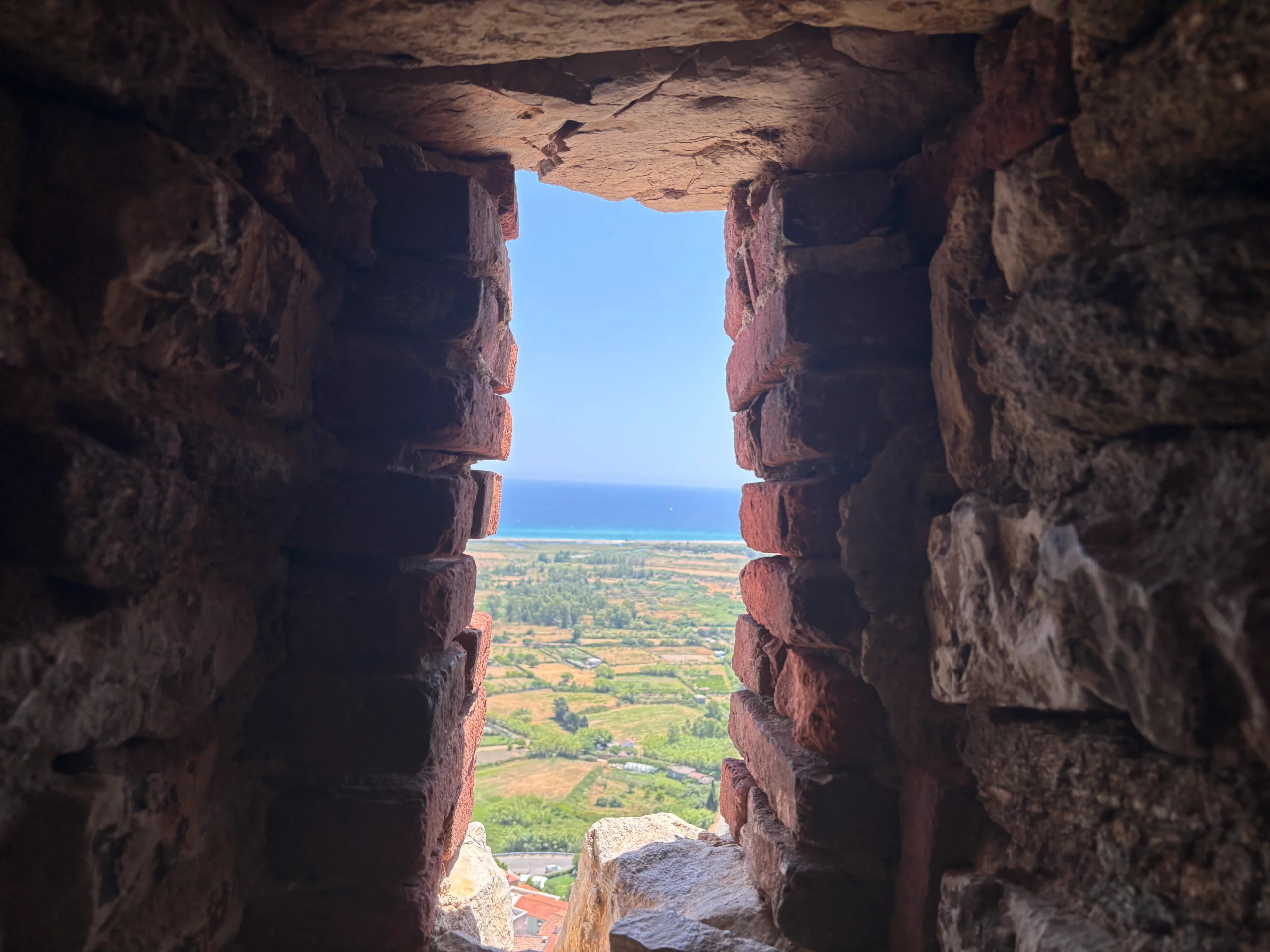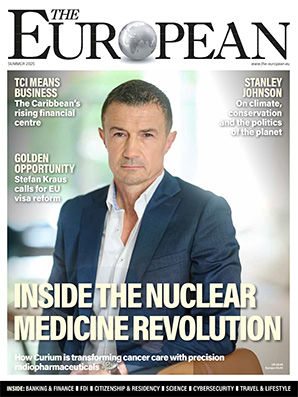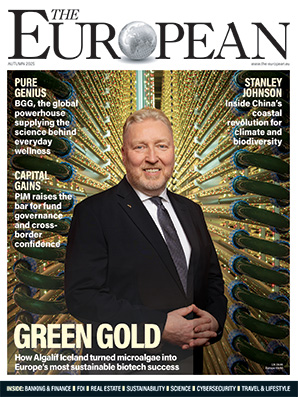Protecting the world’s wild places: Dr Catherine Barnard on how local partnerships drive global conservation

Dr Catherine Barnard
- Published
- Lifestyle, Sustainability

From the rainforests of Brazil to the wetlands of India, World Land Trust works with local partners to protect habitats under threat. Chief Executive Dr Catherine Barnard explains how the organisation’s collaborative model is delivering lasting results for wildlife, communities, and the climate
For more than three decades, World Land Trust (WLT) has been at the forefront of global conservation, safeguarding some of the planet’s most threatened habitats through a unique model of partnership and trust. Since its formation in the late 1980s, the charity has helped protect over 6.5 million acres of land across Latin America, Asia, and Africa, empowering local communities to defend and restore ecosystems that are critical to both biodiversity and climate stability.
At its helm is Dr Catherine Barnard, a conservation leader whose background in science and sustainable development has guided WLT through a period of remarkable growth — expanding its reach, strengthening its partner network, and championing a vision of conservation rooted in integrity, inclusion, and measurable impact.


In this interview with The European, Dr Barnard discusses the founding principles that continue to shape the Trust’s mission, the importance of working through local partnerships, and the tangible results of projects that connect people and nature in shared purpose.
The European: World Land Trust has been protecting threatened habitats for over three decades. What inspired the founding of WLT, and how has its mission evolved over time?
Dr Barnard: WLT was founded in 1989 with a very clear idea that protecting land is one of the most direct ways to protect wildlife. Our founders could see habitats disappearing fast and they wanted a model that put local people at the heart of conservation.
From the beginning, the aim was to work with organisations already rooted in those landscapes, rather than the common trend of outsiders going in with their own preconceived notions of how conservation should be done in a place they were not familiar with. That hasn’t changed but what has evolved is the scale and urgency of what WLT does. The threats are bigger now, but the solutions still have to work both for nature and for communities. We still protect land, but we also focus on restoration, climate resilience, and long-term livelihoods. It is about giving people and ecosystems the chance to thrive together.
Under your leadership WLT has experienced significant fundraising success, what do you attribute this to, and can you share any insight on your leadership style?
What I have always said about WLT’s mission is that we are a facilitator or a bridge. It is not about WLT itself but rather about our supporters and our partners who are doing the work and all we do is connect them. Success comes from viewing everything as a collaboration, not a divide-and-conquer approach.
The over-used saying goes: “If you want to go fast, go alone. If you want to go far, go together.” We want to go far so we must go together. But we don’t have time to waste, so we also need to foster a sense of urgency and purpose. My leadership style is deeply collaborative. I focus on fostering connections and building a movement of people working toward the same goal: achieving collective impact. Together, as supporters and partners, that is what I attribute our success to, making it easy for people who care to take meaningful, impactful action.
I think it’s all underpinned by our core values of being positive, honest, supportive, and focused. We have always tried to remain positive, not by ignoring challenges, but by choosing not to dwell on the negative. There is already enough doom and gloom out there so instead we focus on what is possible. We tell stories that show progress, that highlight our commitment to achieving something meaningful, and that reflect the supportive way we work with our partners.

With so many environmental organisations out there, what do you believe sets WLT apart in terms of impact and approach? How does WLT ensure donations make the biggest impact on the ground?
What makes WLT different is that what we do is very tangible, but we don’t try to do everything ourselves. We build trust with local partners who know the land and the people who depend on it. When someone donates to WLT, their support goes straight to those partners, to the rangers on patrol, the teams restoring forests, the communities finding ways to live sustainably with wildlife.
Because we work through a network of trusted organisations, we can move quickly when land is at risk. Every project is carefully assessed so that the impact is real and lasting. I think people value that clarity. They know exactly where their donation goes and what it protects. It’s not charity for its own sake; it’s a shared investment in the future of the planet. WLT and our partners are honest, trustworthy, credible, and authentic and all of those qualities are absolutely critical to success.
Can you share a favourite recent success story that illustrates the direct, tangible impact of donor contributions?
We are in the very fortunate position of having many success stories, whether it is funding the protection of a piece of land that would otherwise be imminently deforested, seeing species return to areas they were once driven out of, or hearing stories of local people improving their livelihoods by switching hunting for tree-planting.
One success story that does stand out is with our partner Reserva Ecológica de Guapiaçu (REGUA) in Brazil’s Atlantic Forest. This is a landscape that has lost 93% of its standing forest, and here REGUA has planted nearly one million native trees, restored degraded lowlands, and reversed drainage systems to recreate thriving wetland habitats. The scale and ambition of the work by our partners is a testament to what’s possible when conservation is fuelled by vision and generosity.
And that’s just one example. In Colombia, donor-funded protection helped restore an area in which the Antioquia Brushfinch, a bird once thought extinct, was then rediscovered for the first time in decades; in India, we celebrated the first sighting of the Painted Bat in Ratnagiri; in Ecuador, a new beetle species was found in a protected area – a reminder of how much biodiversity remains to be uncovered.
Whether its safeguarding species found nowhere else or rallying communities to protect vast landscapes like the El Silencio Reserve in our latest appeal, these stories show the direct, tangible impact of every donation. It’s conservation in action, and it’s working.

WLT works with local conservation partners around the world. How do these partnerships form, and what makes the collaborations so effective?
Our partnerships usually begin with trust and shared purpose. We are often approached by organisations that are already doing incredible work on the ground but need support to take the next step perhaps to buy land, expand a reserve, or secure long-term funding for rangers. We look for partners who have deep local roots and a strong record of community engagement, because they are the people who truly understand the landscape.
Once that relationship is built, we stay with them for the long term. Some of our partners have worked with us for more than twenty years. That continuity matters because conservation doesn’t happen overnight. It takes commitment, patience, and mutual respect. What makes these collaborations effective is that we don’t impose a model from the outside. We listen first, we co-design projects, and we make sure that the benefits flow directly to the local level. The success of WLT is really the success of our partners. They are the ones protecting forests, restoring wetlands, and creating opportunities for people and wildlife to coexist. Our role is to stand alongside them and help make that work possible

Are there any upcoming initiatives or partnership opportunities that you’re particularly excited about and would like to invite support for?
Absolutely. I am very excited about our current autumn appeal, centred on expanding the El Silencio Reserve in Colombia, in collaboration with our partner Fundación Biodiversa Colombia (FBC). The Middle Magdalena Valley is one of the most threatened yet biodiverse landscapes in Colombia and right now the opportunity is urgent. By helping FBC purchase two key neighbouring properties, we can protect 1,495 hectares (3,694 acres) of highly threatened land before it’s lost to deforestation. At the same time, we can fund the employment of two rangers to patrol the area for the next three years.
What makes this initiative particularly compelling is its multiple layers of impact. Protecting this land will help form a wildlife corridor that will safeguard the wetlands of the Barbacoas lake and the surrounding communities who rely on them, and protecting species that you won’t find anywhere else. If you care about real, measurable conservation then this is a chance to support a project that will deliver long-term results like intact habitat, thriving wildlife, sustainable local communities, and a model that aligns with global ambitions to preserve biodiversity at scale. By joining us, your support now will make the difference while this window is still open.
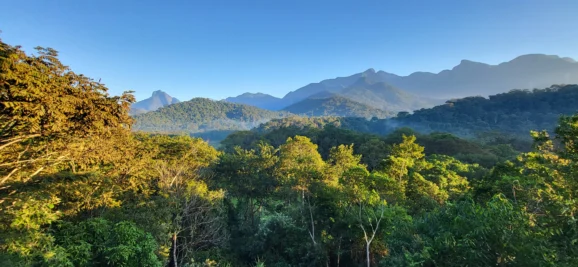
How do your stakeholder groups get involved and support WLT’s short- and long-term goals?
We have an incredibly diverse group of supporters, from individual donors to corporate partners and charitable trusts. Each of them plays a role in keeping our work moving forward. Our short-term goals are often about responding quickly to opportunities through our Action Fund. For example, when a vital piece of land comes up for sale or a flood or forest fire damages a reserve, we need to act fast. That’s where our supporters’ flexibility and trust are so important.
Our long-term goals are about permanence and resilience. We work closely with partners to make sure the land we help protect is managed forever, which means investing in local capacity, training rangers, and supporting sustainable livelihoods. Many of our stakeholders contribute to that ongoing stability, whether through regular donations or support of our appeals.
What I value most is that everyone involved sees themselves as part of a shared effort. Protecting nature isn’t something any one organisation can achieve alone. It requires a community of people, businesses, and partners all pulling in the same direction. That sense of collective responsibility is what keeps WLT strong and ensures that the impact of today’s actions lasts well into the future.
Further Information
Produced with support from the World Land Trust. To find out more about its global conservation projects and how to support them, visit www.worldlandtrust.org.
Read More: ‘We ditched Cornwall for North Norfolk — and found a coast Britain forgot‘. After years of joining the slow crawl to Cornwall, Lee Ness and his wife decided they’d had enough of the traffic and the crowds. This autumn they turned east instead, hiring a motorhome and taking their two dogs to North Norfolk — a part of the country they’d somehow never visited. What they found was space, quiet roads and long stretches of unspoilt coast.
Do you have news to share or expertise to contribute? The European welcomes insights from business leaders and sector specialists. Get in touch with our editorial team to find out more.
Main Image: REGUA Wetlands – Credit WLT Dan Bradbury.
Sign up to The European Newsletter
RECENT ARTICLES
-
 Book Review: A history of the world told by animals — and it changes everything
Book Review: A history of the world told by animals — and it changes everything -
 Make a list, check it twice: expert tips for running Christmas in hospitality
Make a list, check it twice: expert tips for running Christmas in hospitality -
 December night sky guide: what to look for and where to find it
December night sky guide: what to look for and where to find it -
 Four Seasons Yachts reveals overhauled 2027 Mediterranean programme
Four Seasons Yachts reveals overhauled 2027 Mediterranean programme -
 The European road test: MG’s new electric flagships, the Cyberster and IM5
The European road test: MG’s new electric flagships, the Cyberster and IM5 -
 Historic motorsport confronts its energy future
Historic motorsport confronts its energy future -
 Protecting the world’s wild places: Dr Catherine Barnard on how local partnerships drive global conservation
Protecting the world’s wild places: Dr Catherine Barnard on how local partnerships drive global conservation -
 We ditched Cornwall for North Norfolk — and found a coast Britain forgot
We ditched Cornwall for North Norfolk — and found a coast Britain forgot -
 How BGG became the powerhouse behind some of the world’s biggest wellness brands
How BGG became the powerhouse behind some of the world’s biggest wellness brands -
 Exploring France’s wildest delta: Julian Doyle on the trail of white horses, black bulls and the hidden history of the Camargue
Exploring France’s wildest delta: Julian Doyle on the trail of white horses, black bulls and the hidden history of the Camargue -
 “Embarrassment is killing men”: leading cancer expert warns stigma hides deadly truth about male breast cancer
“Embarrassment is killing men”: leading cancer expert warns stigma hides deadly truth about male breast cancer -
 Diving into… Key West, Florida
Diving into… Key West, Florida -
 Nick Mason leads celebrity line-up at London Motor Week
Nick Mason leads celebrity line-up at London Motor Week -
 The simple checks every man should do for breast cancer
The simple checks every man should do for breast cancer -
 Concerto Copenhagen marks Danish EU presidency with gala at Bozar
Concerto Copenhagen marks Danish EU presidency with gala at Bozar -
 What effective addiction treatment looks like today
What effective addiction treatment looks like today -
 NOMOS Glashütte named Germany’s best sports watch brand 2025
NOMOS Glashütte named Germany’s best sports watch brand 2025 -
 Stars, supermoons and shooting fireballs: why November’s sky is unmissable
Stars, supermoons and shooting fireballs: why November’s sky is unmissable -
 “Derbyshire is both a treasure and a responsibility” — William Glossop on the New Heritage Shell Guide
“Derbyshire is both a treasure and a responsibility” — William Glossop on the New Heritage Shell Guide -
 Inside the Maldives’ most exclusive getaway
Inside the Maldives’ most exclusive getaway -
 Tripadvisor says this is one of the best hotels on Earth — we went to see for ourselves
Tripadvisor says this is one of the best hotels on Earth — we went to see for ourselves -
 Britain’s most storied guidebook series returns with a Derbyshire volume that mixes celebration with stark warnings of industrial devastation
Britain’s most storied guidebook series returns with a Derbyshire volume that mixes celebration with stark warnings of industrial devastation -
 Michelin shortlists Croatia’s Villa Nai 3.3 as one of the world’s best-designed hotels
Michelin shortlists Croatia’s Villa Nai 3.3 as one of the world’s best-designed hotels -
 Drive your own safari: why Kruger is Africa’s most accessible wildlife park
Drive your own safari: why Kruger is Africa’s most accessible wildlife park -
 Oggy Boytchev on Sardinia, an island of contrasts
Oggy Boytchev on Sardinia, an island of contrasts

